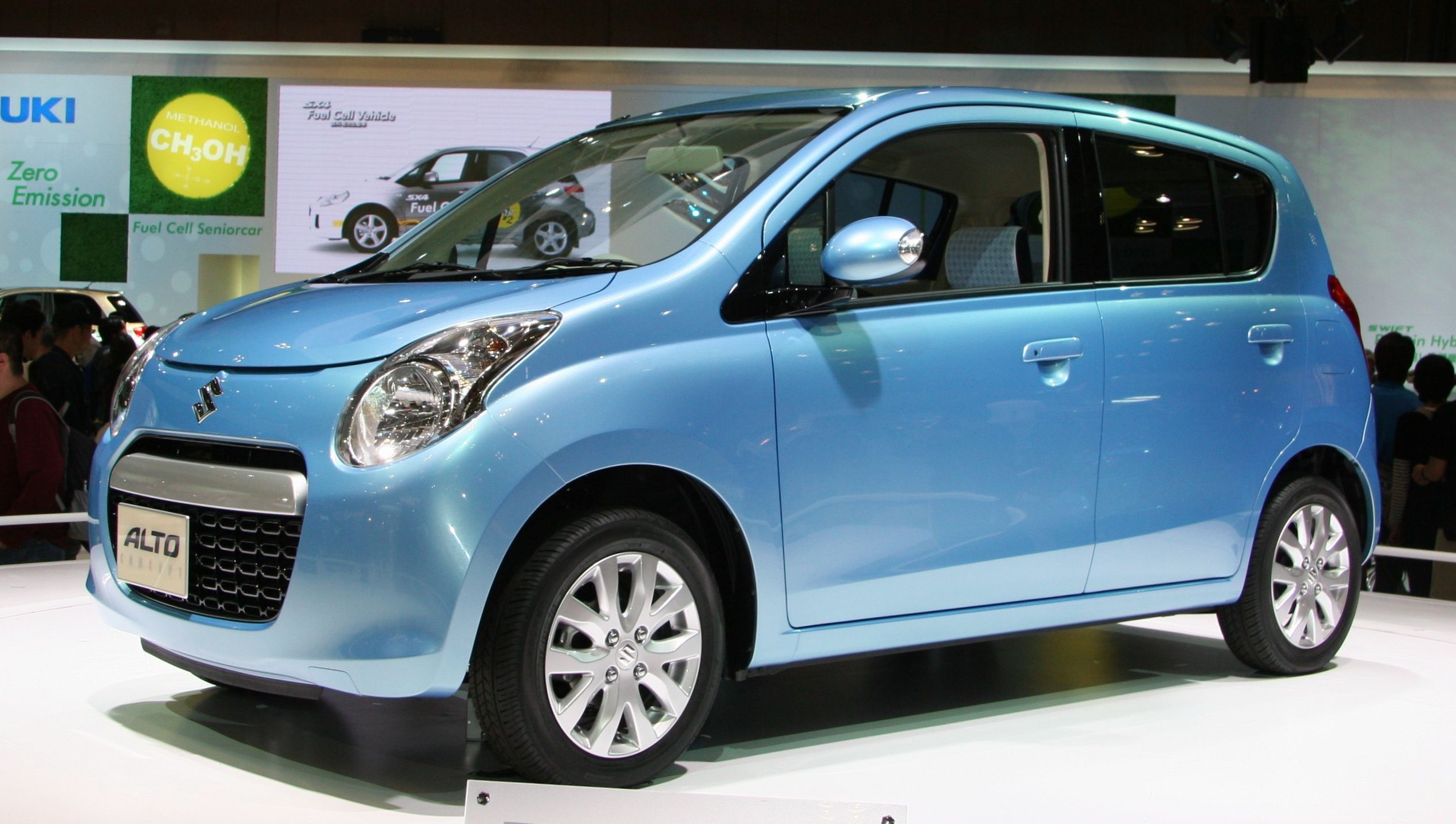Thank you for your interest in Maruti Suzuki Arena. Due to the on-going COVID19 situation, we are putting the health and well-being of our employees and customers above everything else. Please expect a delay in response at this time. Powering the Celerio is Suzuki’s 1.0-liter K10B gasoline engine which can be mated to either a five-speed manual tranny or a CVT. This setup makes 67hp and 90Nm of torque. Safety-wise, the Suzuki Celerio packs four three-point ELR seatbelts, dual airbags, side-impact beams, remote control locks, child-proof rear doors, an anti-lock brake. 8 Suzuki Celerio Workshop, Owners, Service and Repair Manuals Updated - May 21 We have 8 Suzuki Celerio manuals covering a total of 5 years of production.
In 1982, the Indian economy began to explode, and the country's huge population was in dire need of inexpensive cars that could improve the country's living standards. However, 90% of all cars sold in the Indian car market in those years were British and Japanese brands.
In the same year, the government of the country turned to the Maruti company with a request to conclude a contract for the production of cars with one of the foreign brands. After lengthy negotiations, in 1983 the company 'Maruti-Suzuki' was registered, which began to produce cars of the Japanese brand in India. In 1984, sales of the Maruti-Suzuki 800 model, built on the basis of the Suzuki Alto, began. Under the hood of this car is a 37 horsepower Suzuki engine.
Since 1992 'Maruti' started selling its cars to the countries of Asia and the Middle East. The release of 'Maruti-1000', also famous as 'Zen', dates back to this time. It is an improved 'Maruti-800' with more rounded shapes, under the hood of which is located a 4-cylinder carburetor engine with a volume of 993 cm3 with a capacity of 50 or 54 horsepower, allowing it to accelerate to 150 km / h. The interior of the car was changed: it became more spacious and more comfortable.
Until 1997, Maruti-Suzuki was engaged in the production of run-in and discontinued Suzuki vehicles in other countries. But already in 1998 the start of production of the current model range of the brand was announced. In the same year, deliveries of Maruti-Suzuki cars began to neighboring countries, primarily Pakistan and China. And in 2004, the construction of a new plant of the company began, which also included a design bureau, intended to start the creation of its own Maruti models with the technical support of the Japanese brand.
Already in 2010, the company set its own record, producing 1.214 million vehicles. 2012 was very fruitful for Maruti. At this time, the company released a seven-seater compact van 'Maruti Suzuki Ertiga'. The name of this car is very symbolic, since Er translates as a row (Rows), and Tiga means 3, i.e. Ertiga stands for 3-row seating configuration. At the same time, the construction of a new motorcycle factory began in the city of Rohtak, in the Indian state of Haryana.
In 2015, the company launched the sale of compact Maruti Suzuki Celerio hatchbacks equipped with a two-cylinder turbodiesel engine. This vehicle is the result of many years of work by Maruti. The engine volume of this model is still 793 cc. cm, and power and torque reach 48 horsepower and 125 Nm (at 2000 rpm), respectively, but in the future it is planned to continue working and make the engine even more advanced.
Suzuki Celerio Manuals Index
Suzuki Celerio Owners Manual
- (Free)
Related Models
| Suzuki Aerio RH | Suzuki Alto | Suzuki Baleno |
| Suzuki Cappuccino | Suzuki Carry | Suzuki Grand Vitara |
| Suzuki Ignis | Suzuki Jimny | Suzuki Kizashi |
| Suzuki Liana | Suzuki LJ | Suzuki SJ Samurai |
| Suzuki Splash | Suzuki Swift | Suzuki Swift GTi |
| Suzuki Swift RS | Suzuki SX4 | Suzuki Vitara |
| Suzuki Wagon | Suzuki Wagon R+ | Suzuki X-90 |
| Suzuki XL7 |
Never miss out: Get notified when new Suzuki Celerio documents are added.
Yes! I'd love to be emailed when a new, high quality document is available for my Suzuki Celerio. My email address is:

What Is Service Manual
